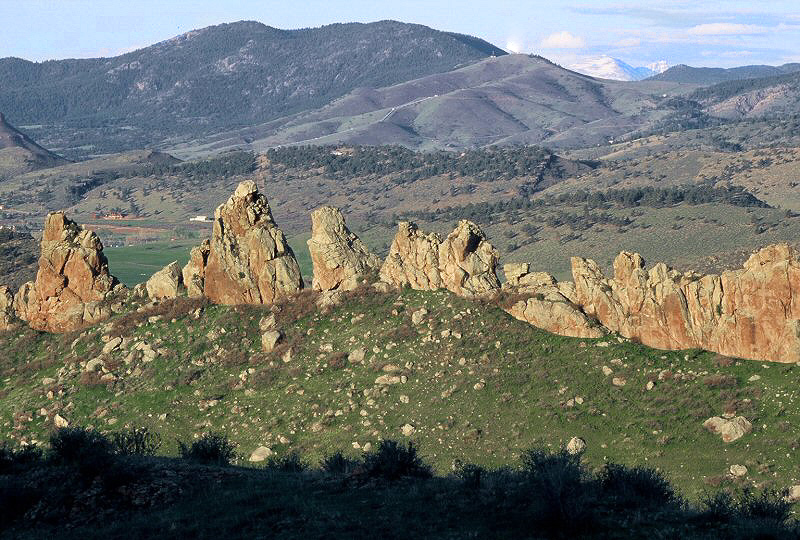








A) Tropical- hot and humid, average temperatures are greater than 64°F (18°C) year-round and there is more than 59 inches of precipitation each year
B) Dry- dry (not humid) and little precipitation
C) Temperate- warm and humid summers with thunderstorms and mild winters
D) Continental- warm to cool summers and very cold winters. In the winter, this zone can experience snowstorms, strong winds, and very cold temperatures—sometimes falling below -22°F (-30°C)!
E) Oceanic/Mediterranean- more average temperatures, not too hot in the summer or cold in the winter, usually has rainy winters and dry summers (source)


 3
3




New location. Zone 6b, acid soil, 30+ inches of water per year.
https://growingmodernlandraces.thinkific.com/?ref=b1de16
Growingmodernlandraces.com affiliate
 1
1





Lauren Ritz wrote:Our old plum, grown on its own roots, is 40+ years old and still going strong. It gets watered deeply once a week when the fruit is on and otherwise fends for itself. The new plum, a grafted plum we purchased, struggles. Both were infested with aphids last year. The new plum struggled. The old one shook it off without a problem. I was told the old plum is a Stanley, but it's probably a seedling from a Stanley.
I'm starting pears and apples from seed so I have no idea on those yet. But the pear seeds came from my sister's property a few miles away and she doesn't water them. The apple seeds came from a neighbor's yard, ditto.

Striving to grow things as naturally, simply, and cheaply as possible! 
My YouTube channel
 3
3




New location. Zone 6b, acid soil, 30+ inches of water per year.
https://growingmodernlandraces.thinkific.com/?ref=b1de16
Growingmodernlandraces.com affiliate
 2
2





 2
2




New location. Zone 6b, acid soil, 30+ inches of water per year.
https://growingmodernlandraces.thinkific.com/?ref=b1de16
Growingmodernlandraces.com affiliate

|
Hey, I'm supposed to be the guide! Wait up! No fair! You have the tiny ad!
The new gardening playing cards kickstarter is now live!
https://www.kickstarter.com/projects/paulwheaton/garden-cards
|







